Over the years, many movies have been panned by critics yet developed cult followings or gained appreciation later. Whether they were misunderstood, ahead of their time, or simply marketed poorly, these films proved that critical opinion is not always the final word on quality. This article explores some of the most notoriously disliked movies that turned out to be far better than their initial reception suggested.
Waterworld (1995)
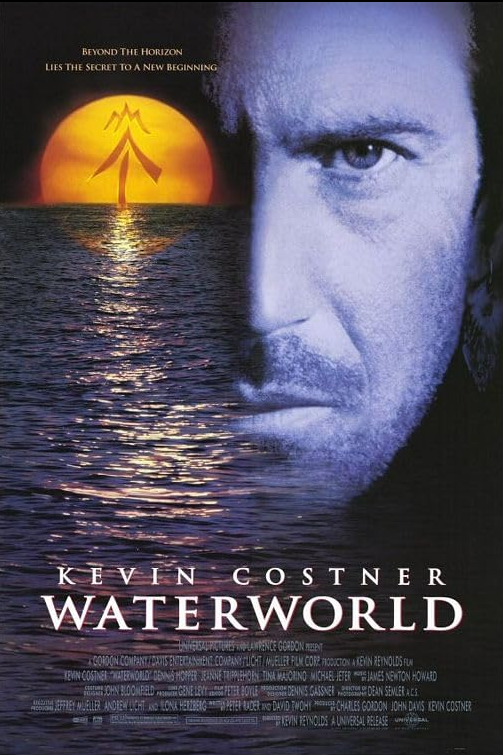
Upon release, Waterworld was ridiculed for its massive budget and over-the-top premise. Critics dismissed it as bloated and illogical. However, looking back, the film presents a unique vision of a post-apocalyptic world submerged by water. The action sequences are inventive and practical effects still hold up well. Its environmental themes, which seemed far-fetched at the time, now feel oddly relevant. Over the years, Waterworld has earned a loyal fan base who appreciate its bold concept and ambitious scope.
The Island of Dr. Moreau (1996)
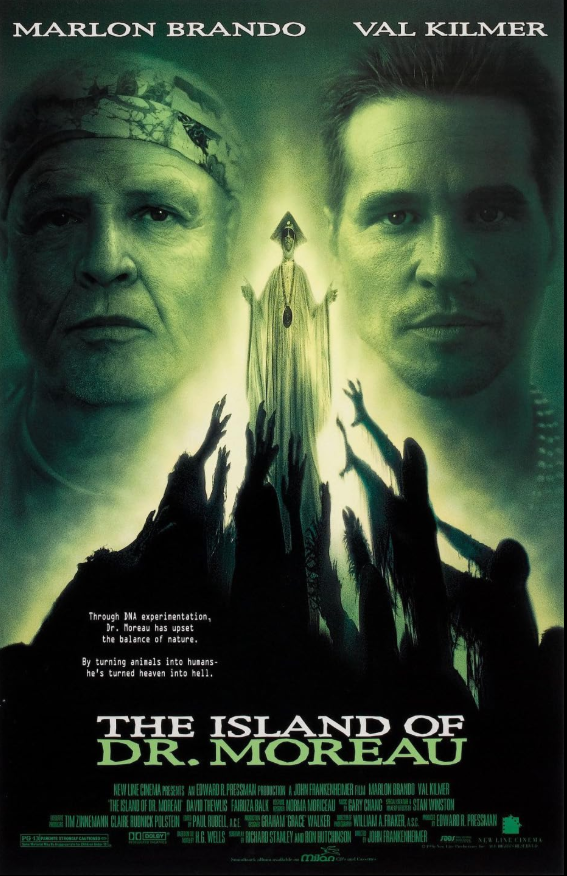
The Island of Dr. Moreau was torn apart by critics and plagued by production issues. It was labeled incoherent and bizarre. Yet, under the surface lies a fascinating exploration of ethics, identity, and genetic engineering. The surreal atmosphere and strange performances, once considered weaknesses, now lend the movie a unique quality. It plays like a dreamlike fable about scientific overreach and the consequences of playing god. Despite its chaotic history, the film has gained a new generation of viewers intrigued by its complexity.
Speed Racer (2008)
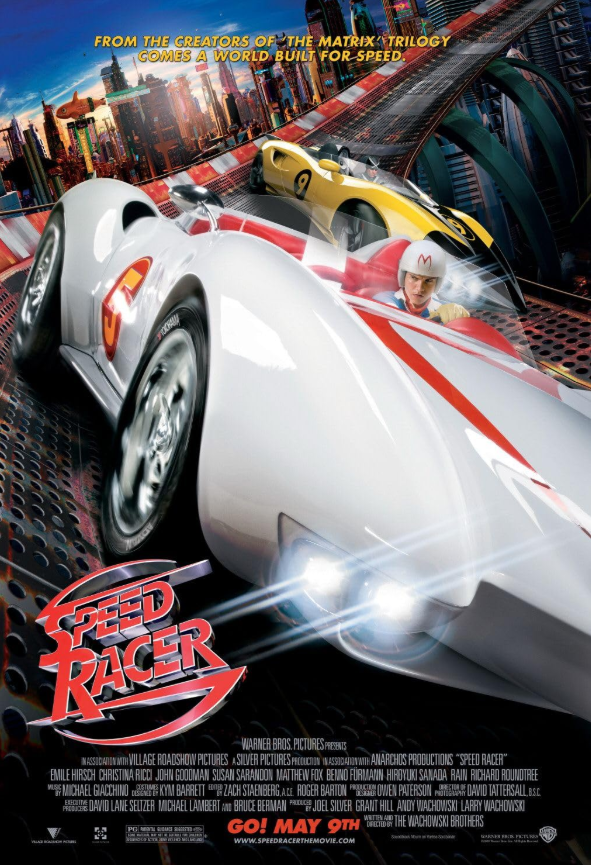
When Speed Racer hit theaters, critics called it a visual mess and a tonal disaster. Many dismissed it as style over substance. However, time has revealed it to be a visually stunning film with a sincere heart. Its use of bright colors, high-speed editing, and surreal environments was unlike anything else at the time. The movie captures the spirit of the original cartoon while adding emotional depth through the story of family, perseverance, and personal integrity. Today, it is considered a hidden gem of modern cinema.
The Lone Ranger (2013)
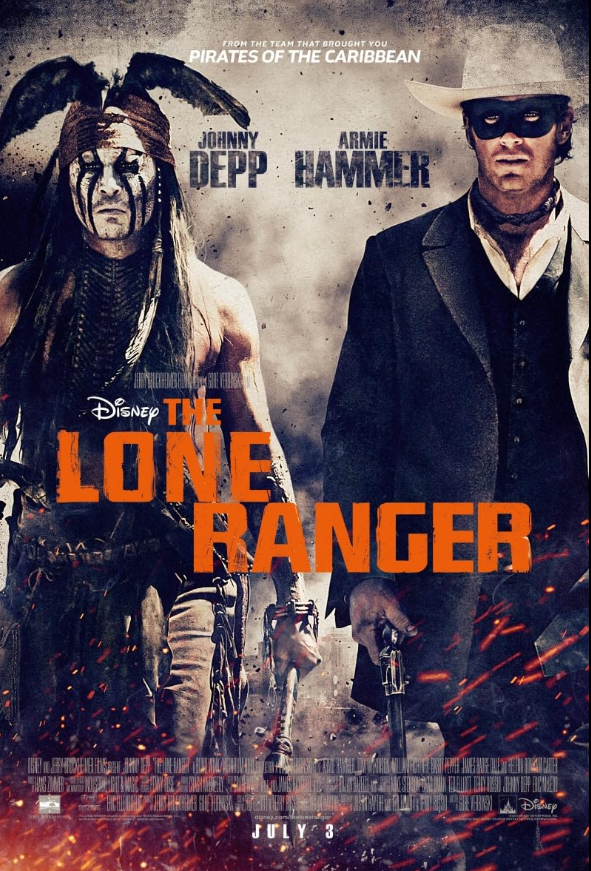
The Lone Ranger faced negative reviews for its long runtime and uneven tone. Critics also criticized the casting and historical representation. Still, if judged purely as a Western adventure, the film is rich with thrilling action scenes, strong performances, and impressive cinematography. It blends traditional Western tropes with quirky humor and modern commentary. The finale, featuring a breathtaking train chase, showcases expert filmmaking. While not perfect, it offers far more than critics initially acknowledged.
John Carter (2012)
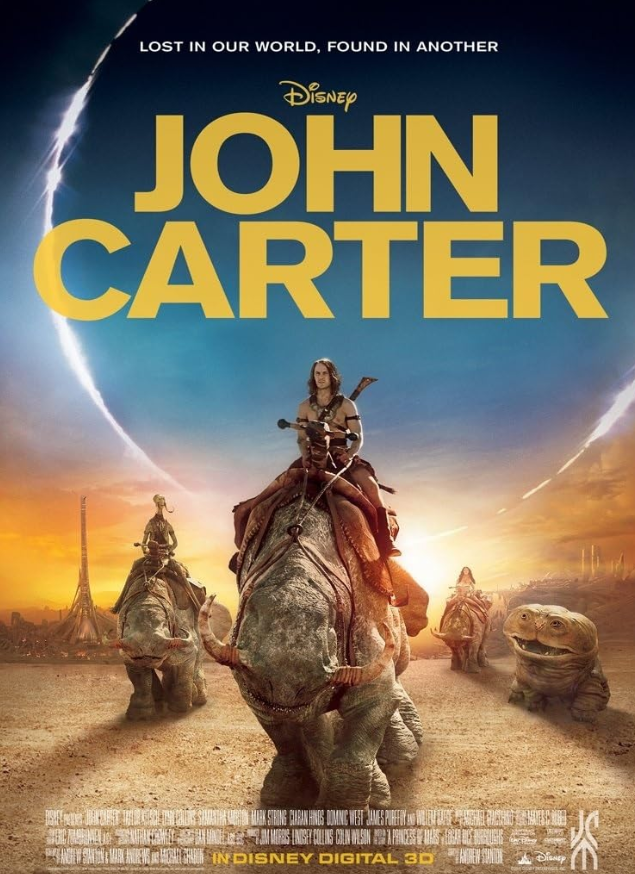
Critics panned John Carter for being derivative and confusing. Many felt it lacked direction and clarity. But when examined without bias, it is a solid science fiction epic with strong characters and an imaginative setting. Based on early 20th-century novels, the story actually inspired much of the modern sci-fi genre, including elements seen in popular franchises. The film features impressive visuals and a heroic arc that is both classic and compelling. Fans of interplanetary adventure often see John Carter as an underrated triumph.
Sucker Punch (2011)
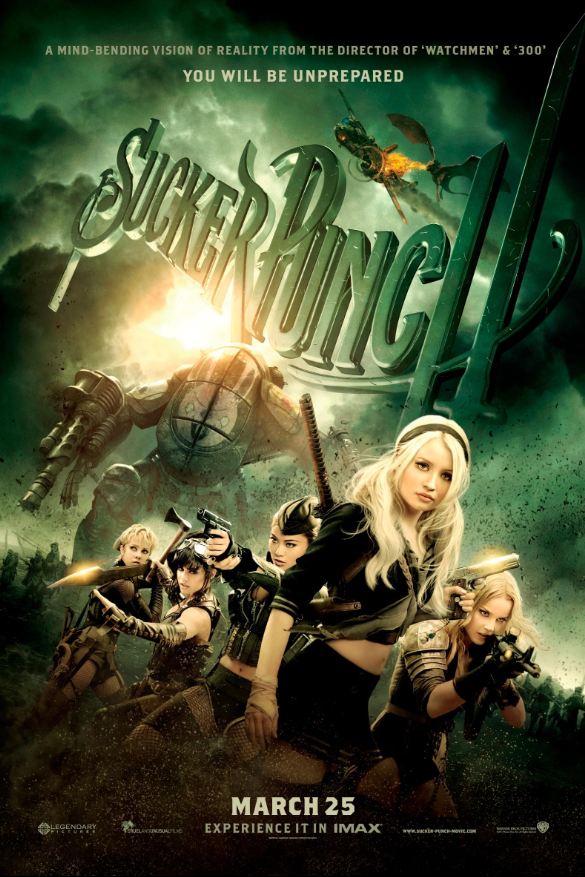
Upon release, Sucker Punch was accused of being incoherent and overly stylized. Critics called it exploitative and shallow. However, deeper analysis reveals a layered story about trauma, agency, and imagination. The dreamlike action sequences serve as symbolic representations of the protagonist’s internal struggles. While its structure is unconventional, the film uses surrealism to explore the nature of escape and resistance. Its ambitious visuals and bold narrative choices continue to inspire discussion and reevaluation.
Jennifer’s Body (2009)
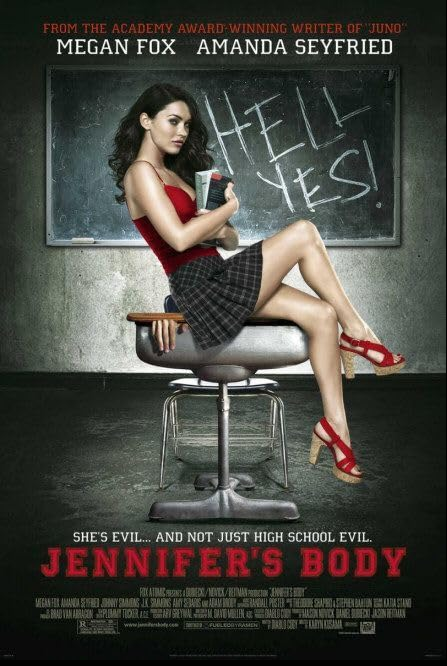
At first, Jennifer’s Body was seen as a failed horror-comedy with awkward dialogue and confusing tone. It suffered from mismarketing and was judged harshly. Over time, audiences began to see it differently. The film smartly subverts horror tropes and explores themes of female friendship, power, and exploitation. Its blend of horror and satire is now appreciated for its originality and wit. Today, it is widely recognized as a cult classic with a strong feminist message that was ahead of its time.
Read More: Only one movie from the 21st century has made it into ‘top 10 movies of all time’ on Letterboxd
Cloud Atlas (2012)
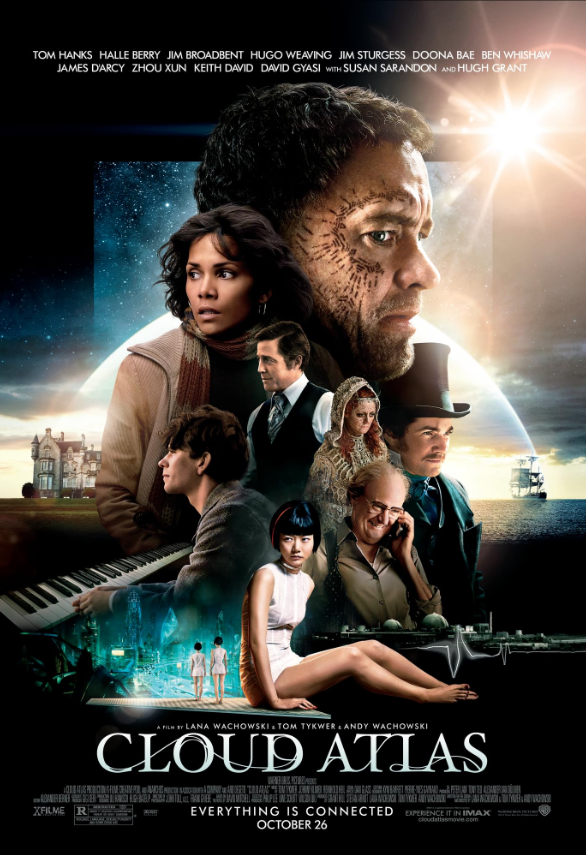
Cloud Atlas was criticized for being too ambitious, confusing, and inconsistent. Critics had difficulty connecting its six interwoven storylines and wide-ranging timelines. Despite this, the film presents a powerful message about interconnectedness and the ripple effect of human actions across time. Its visual range, complex structure, and emotional resonance make it a unique cinematic experience. While not for everyone, Cloud Atlas is now admired for pushing the boundaries of conventional storytelling.
Batman v Superman: Dawn of Justice (2016)
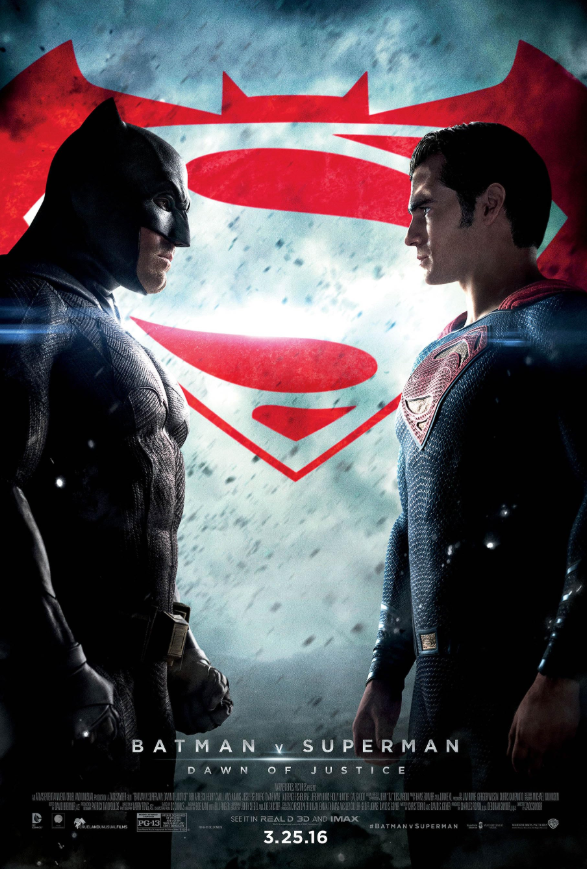
Upon release, this film faced harsh criticism for its tone, pacing, and plot logic. Many felt it was too dark and joyless. Yet it offers a grounded, philosophical take on the superhero genre. It explores themes of fear, responsibility, and the public perception of power. Visually striking and bold in its ambition, the film laid the groundwork for deeper storytelling within comic book movies. Fans now regard it as a misunderstood epic with more substance than it was initially given credit for.
Hook (1991)
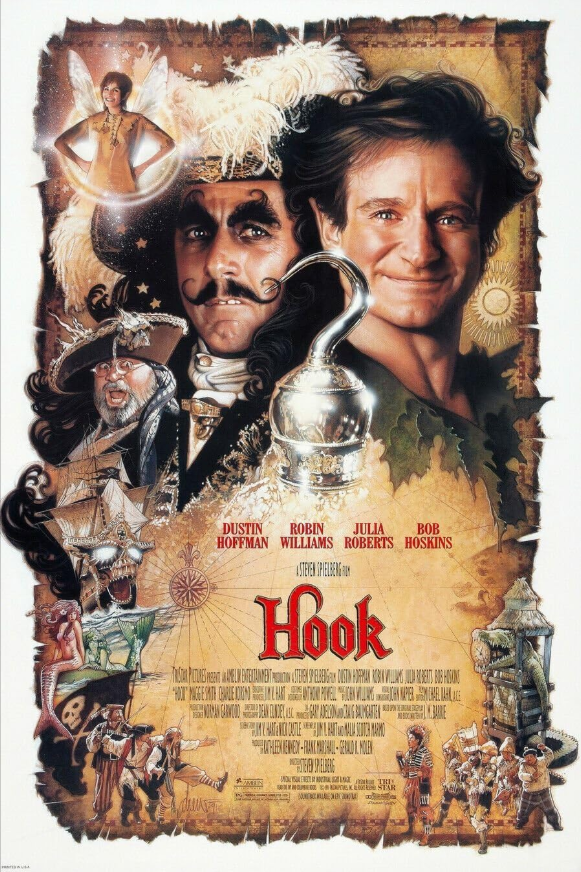
Critics originally found Hook sentimental and overproduced. They claimed it lacked the magic of traditional Peter Pan stories. However, for many viewers, Hook is a heartfelt exploration of lost innocence and the importance of imagination. Robin Williams gives a memorable performance as a grown-up Peter Pan rediscovering his inner child. The production design is rich and imaginative, creating a Neverland that feels both magical and grounded. It has since become a nostalgic favorite for those who grew up with it.
Read More: 12 Powerful Kids Movies That Teach About Race and Respect
The Value Of A Movie

Critical reviews are important, but they are not always the final judgment on a movie’s value. Many films that were dismissed upon release have been re-evaluated and embraced for their originality, ambition, and emotional resonance. Whether due to flawed marketing, ahead-of-their-time ideas, or misunderstood storytelling, these movies have found second lives with appreciative audiences. Sometimes, it takes distance and perspective to truly understand what makes a movie great.
Disclaimer: This article was created with AI assistance and edited by a human for accuracy and clarity.

